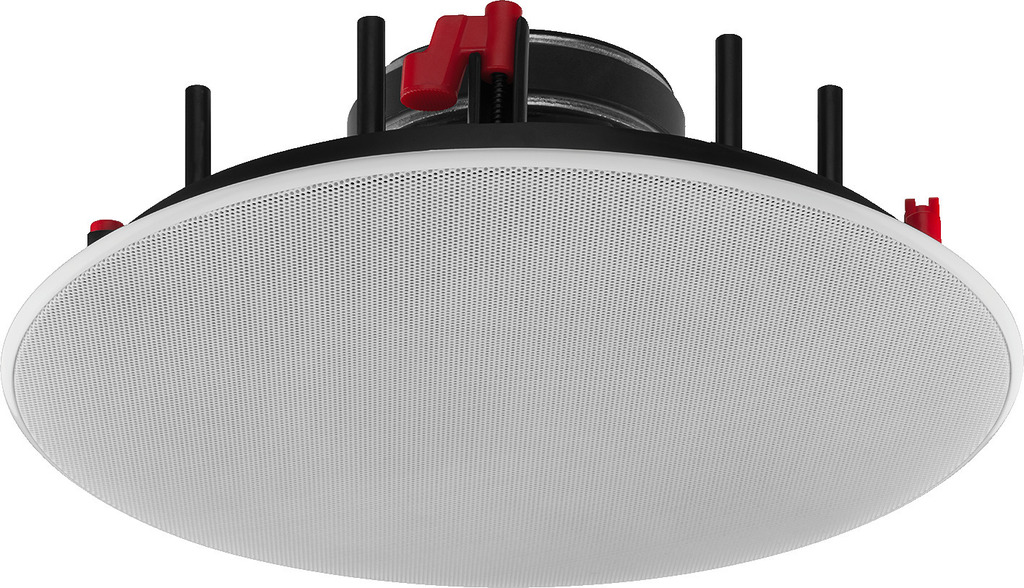Basically, it is about the distribution of tasks within the speaker. The simplest version of a speaker consists of a cabinet with a single driver, i.e. a built-in cone with the technology to convert electrical pulses into sound. This one driver, this one cone converts everything coming from the sound source (amplifier, MP3 player). Thus, the signal only goes one 'way' in the speaker.
However, different frequencies benefit from respectively different driver designs and cone diameters. Thus, it makes sense to divide the tasks within the speaker between multiple drivers or 'sound paths'. A crossover network distributes the frequencies in the speaker and passes on part of the frequencies to one driver and another part to another driver. Hence, the speaker system features 2 'paths' for the audio signal.
















